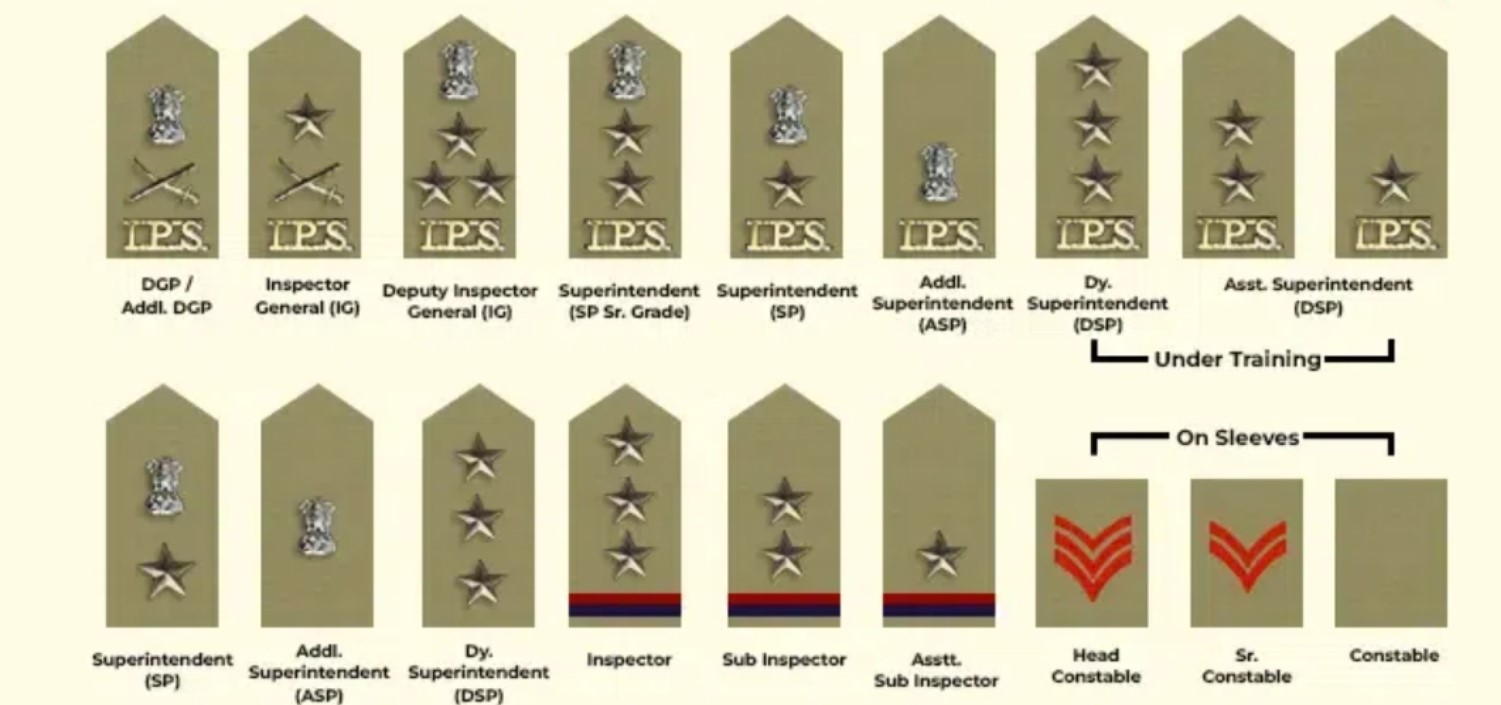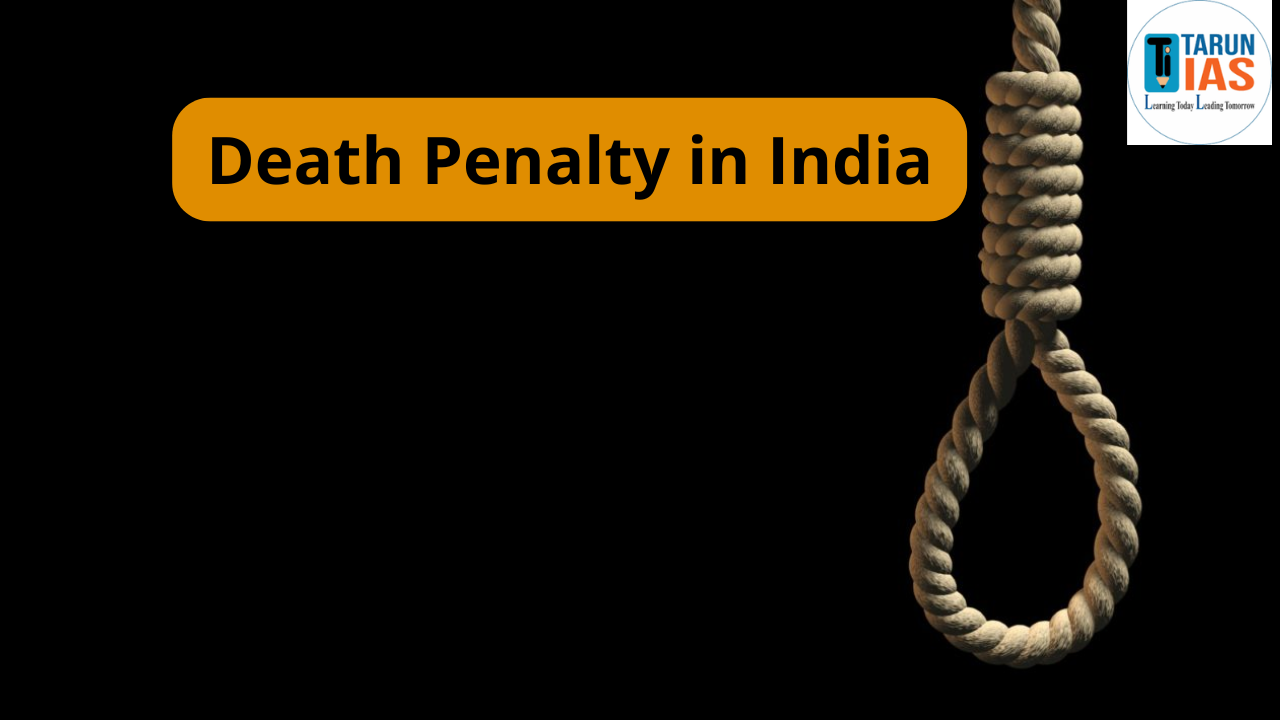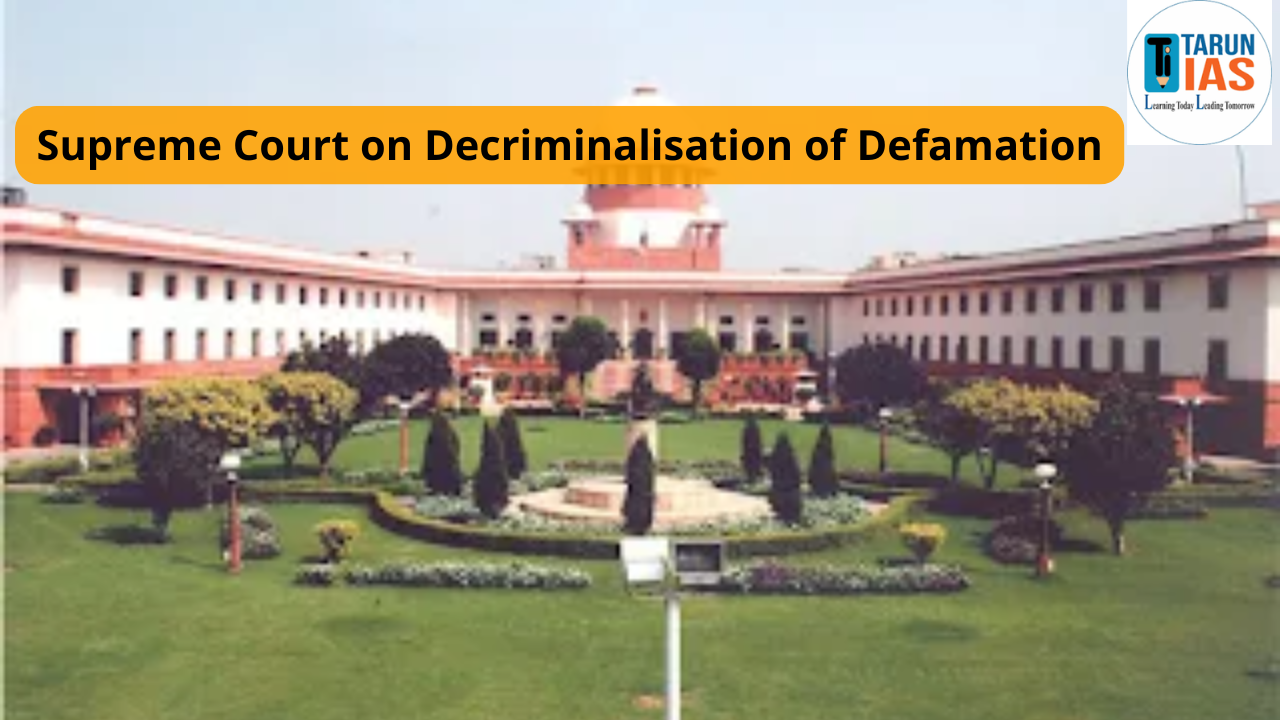DSP is a rank of a police officer which is between a police inspector and a deputy superintendent of police. DSP is appointed by the state government and is a part of the state police force. The main job of a DSP is to maintain law and order.
DSP Full Form
The full form of DSP is Deputy Superintendent of Police. In the Indian police system, Deputy Superintendent of Police (DSP) is an important post. A DSP is a senior officer who handles law and order in a particular area. In terms of authority, a DSP holds the same rank as an Assistant Commissioner of Police (ACP) in cities. In many states like Uttarakhand and Rajasthan, DSPs are also called Circle Officers (CO) because they look after a specific police circle that includes many police stations. In West Bengal, this post is known as Sub-Divisional Police Officer (SDPO). As the name suggests, these officers are in charge of a subdivision and are responsible for maintaining peace and solving major crimes in their area. These officers hold a rank above Assistant Superintendents of Police (ASP), but they are positioned below the Chief of Police in the hierarchy.
DSP Eligibility Criteria
Becoming a Deputy Superintendent of Police (DSP) is a position of great responsibility and requires fulfilling certain important conditions. The selection process is rigorous to ensure only capable and deserving candidates are chosen. Here are the essential eligibility requirements to become a DSP in India:
Citizenship Requirement:
-
The candidate must be a citizen of India.
-
Only individuals who are born in India or have valid Indian citizenship are eligible to apply for this position.
Age Limit:
-
The applicant must be between 21 to 30 years of age at the time of application. However, candidates belonging to the Scheduled Castes (SC) or Scheduled Tribes (ST) are given a relaxation of 5 years, allowing them to apply up to the age of 35.
Educational Qualification:
-
A bachelor’s degree in any discipline from a recognized university or institution is a must.
-
It doesn’t matter what stream you studied in.arts, commerce, or science as long as your graduation is from an accredited college or university.
Minimum Height Requirement:
-
Physical fitness is important in police service. For this reason, there is a minimum
Height
-
Male candidates should be at least 168 cm tall.
-
Female candidates must have a minimum height of 155 cm.
DSP Role and Responsibilities
A DSP is a senior officer in the police force who supervises the work of inspectors and sub-inspectors. They manage a subdivision of a district and are responsible for law enforcement in that area.
- A DSP does many important jobs like:
- Controlling crime in their area
- Taking action during emergencies or riots
- Leading investigations
- Making sure that police officers under them do their duty properly
- Coordinating with other departments and the public
- This role demands leadership, discipline, physical strength, and a deep commitment to public service.
DSP Selection Process
- The most common path to becoming a Deputy Superintendent of Police (DSP) is by successfully clearing the State Public Service Commission exam, commonly known as the Provincial Civil Services (PCS) exam.
- For individuals with an exceptional background in sports, there’s also an opportunity to enter the police force directly at the DSP level through the sports quota. Many states in India reserve such posts to honor athletes who have performed at national or international levels.
- Additionally, officers from the Indian Police Service (IPS) are often posted as DSP or Assistant Commissioner of Police (ACP) during the initial phase of their careers. Though they begin in these roles, IPS officers are later promoted to higher designations, such as Superintendent of Police (SP), based on their performance and seniority.
DSP Rank And Hierarchy
The position of DSP holds great respect and authority. While it’s not the highest rank in the police force, it also isn’t at the bottom. It carries significant power. just one level below the Superintendent of Police (SP). Here is a ranks related to the DSP position as it stands:
Lower Ranks:
-
Inspector of Police or Police Inspector
-
Sub-Inspector of Police (SI)
-
Assistant Sub-Inspector of Police (ASI)
-
Head Constable (HC) Constable (CT)
Equivalent Ranks:
-
Assistant Superintendent of Police (ASP)
-
Assistant Commissioner of Police (ACP)
Higher Ranks:
-
Additional Superintendent of Police ASP
-
Superintendent of Police (SP)
-
Senior Superintendent of Police (SSP)
-
Deputy Inspector General of Police (DIG)
-
Inspector General of Police (IGP)
-
Additional Director General of Police (ADGP)
-
Director General of Police (DGP)

Promotion and Career Growth
After working as a DSP for a few years, you can get promoted based on your performance and seniority. Promotions go like this:
- DSP → Additional SP → SSP → DIG → IG → ADG → DGP
- In some cases, state-level DSPs are promoted to IPS officers after years of good service. This gives a boost to their career and rank.
Challenges in the Life of a DSP
Being a DSP is not an easy job. Every day is full of challenges. You have to deal with crime, political pressure, emergencies, and the safety of the public. You work long hours, sometimes day and night. However, the respect, impact, and satisfaction that come from this job are worth all the hard work.
Conclusion
Becoming a DSP in India is a dream for many, and rightly so. It is a job full of pride, responsibility, and service. Whether you choose the UPSC route or go through your State PSC, hard work and dedication are the key.
DSP Full Form FAQs
What is the full form of DSP and what does a DSP do?
The full form of DSP is Deputy Superintendent of Police. A DSP is a senior police officer appointed by the state government. The main role of a DSP is to maintain law and order, lead investigations, control crime, supervise subordinate officers, and handle emergencies like riots in their jurisdiction. They hold the same rank as an Assistant Commissioner of Police (ACP) in urban areas.
What are the eligibility criteria to become a DSP in India?
To become a DSP in India, a candidate must:
- Be an Indian citizen
- Be 21 to 30 years old (with age relaxations for SC/ST candidates)
- Hold a bachelor’s degree from a recognized university
Meet the minimum height requirement: 168 cm for males, 155 cm for females
Physical fitness, leadership skills, and dedication to public service are also important.
What is the selection process for the DSP post?
The selection of DSPs is primarily through the State Public Service Commission (PSC) exams. In some cases, exceptional athletes can enter via the sports quota. IPS officers also start their careers at the DSP or ACP level and are promoted further based on merit and seniority.
What is the rank of a DSP in the police hierarchy?
A DSP is a gazetted officer who ranks above an Inspector and below a Superintendent of Police (SP). In cities, their post is equivalent to an Assistant Commissioner of Police (ACP). The promotion hierarchy from DSP generally goes:
DSP → Additional SP → SP → SSP → DIG → IG → ADG → DGP.
What are the major challenges faced by a DSP?
A DSP faces several challenges such as:
- Dealing with serious crimes and emergency situations
- Handling political and public pressure
- Managing long working hours and unpredictable schedules
- Ensuring discipline among police personnel
Despite these hurdles, the role is highly respected and offers a chance to serve and protect the public.















